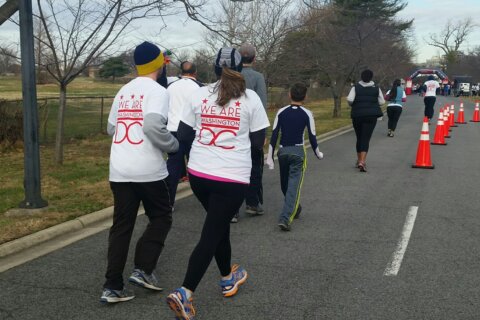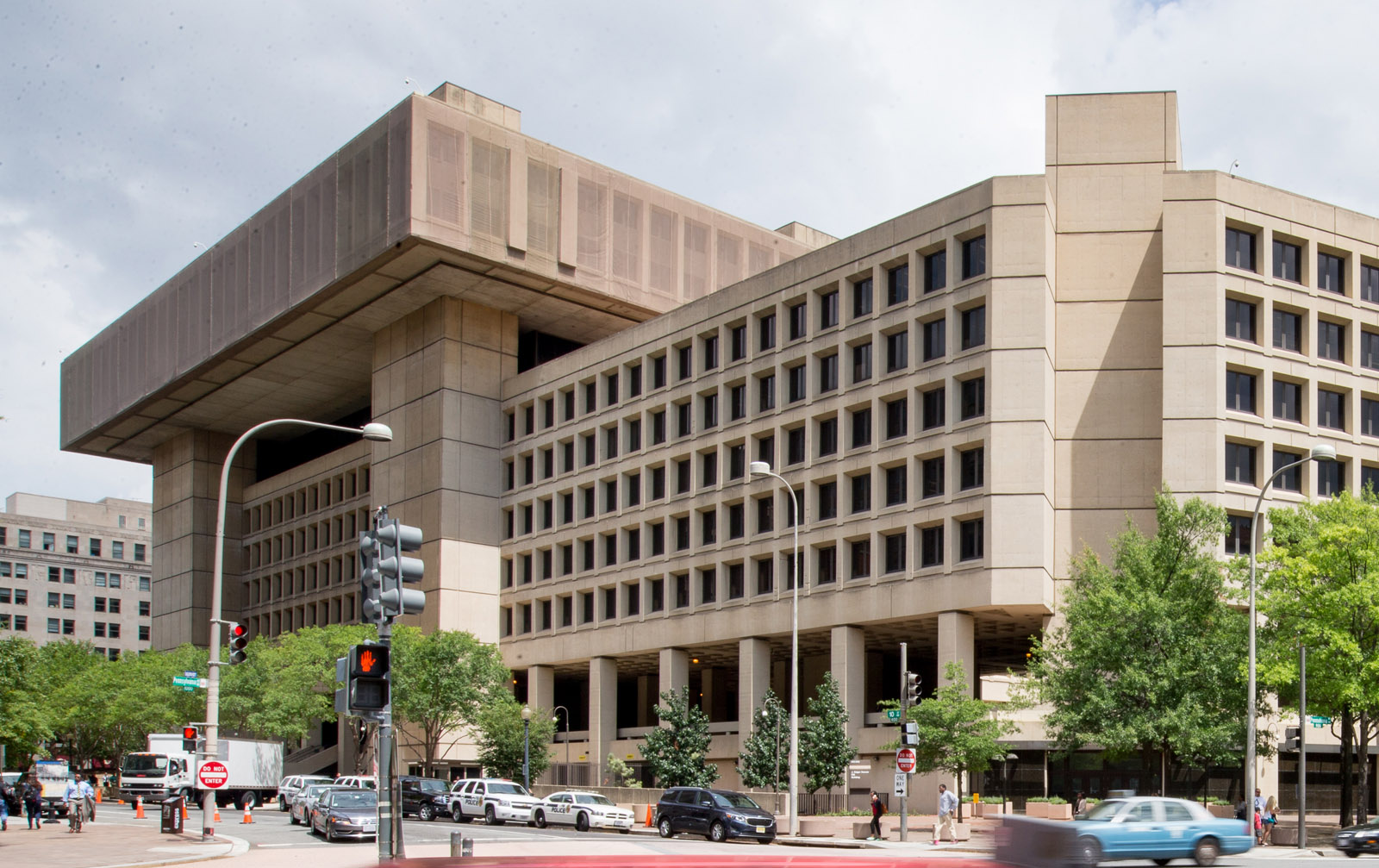Soon, a three-year, $113 million project will launch with the mission to restore the sinking sea walls along the Tidal Basin and the Potomac River through West Potomac Park. Part of this project will involve the removal of 140 of D.C.’s famed cherry blossom trees.
While fans of the District’s beloved blossoms offered a tearful goodbye to several iconic natural sites like the distressed Stumpy, there’s no way to relocate a cherry tree from the Tidal Basin to your home, though it is possible to adopt a cherry tree. Doing so will allow your money to fund the National Park Service’s work to preserve the thousands of cherry trees along the National Mall in D.C.
But for those who would like to be able to enjoy the views of blossoming trees from their personal property, Casey Trees urban forester Keith Howerton told WTOP that there are resources for local homeowners to do just that. Casey Trees is a D.C.-based urban forestry nonprofit committed to restoring, enhancing and protecting the tree canopy of the nation’s capital.
First and foremost, Howerton said that cherry trees are not the focus of nonprofit’s work. In fact, “We have very limited ability to plant cherry blossoms just because our work is so focused on native species,” said Howerton.
Even so, Casey Trees has a tree rebate program for property owners in the District. The program allows those who purchase and plant a tree on private property — residential or commercial — in D.C. to be partially reimbursed by the nonprofit. There is a 25-tree-limit per property, and the amount of reimbursements is dependent on species.
If you’re interested in adding a cherry blossom tree to your property, Howerton said the following should be considered:
- There must be adequate space away from power lines, sidewalks and retaining walls.
- The tree should be in a very well-lit area for natural sunlight.
- Avoid low, swampy areas for cherry trees.
- Understand the variety of the tree, and double-check exactly how big the tree could become before planting.
There are other, similar-looking trees that can be planted, though, Howerton said, “They’re definitely not as showstopping in the spring as the Japanese cherry blossoms are.”
Four alternatives to consider include: black cherry trees, whose flowers bloom later in the spring, but they live longer than cherry trees; redbud trees, which are “reasonably easy” to grow, reasonably hardy in the city and adaptable; flowering dogwood trees, which are a popular native tree, but they can be a little finnicky and need to be well-watered; and finally, there are a wide variety of spring-blooming magnolias to choose from.
The cost of planting a new tree depends on how big it is, where you buy it and if you’re planting it professionally.
Cherry trees can be pricier because they can take longer to grow. For street cherry trees in D.C., those can cost at least $150 to $200 just for the tree, depending on the quality and not including the cost of the process to plant it, according to Howerton.
“I would encourage people, if you live in D.C., to check out our planting programs as well. You can get free trees planted by our crew, professionally installed, really, really high quality work — for free — which does not include cherry blossoms,” said Howerton. “Sorry, but lots of other trees we do have that are native to here get planted for free. That’s a service that most of the time would cost you upwards of $500 [per] tree if you had to pay for it from a private contractor.”
Get breaking news and daily headlines delivered to your email inbox by signing up here.
© 2024 WTOP. All Rights Reserved. This website is not intended for users located within the European Economic Area.








